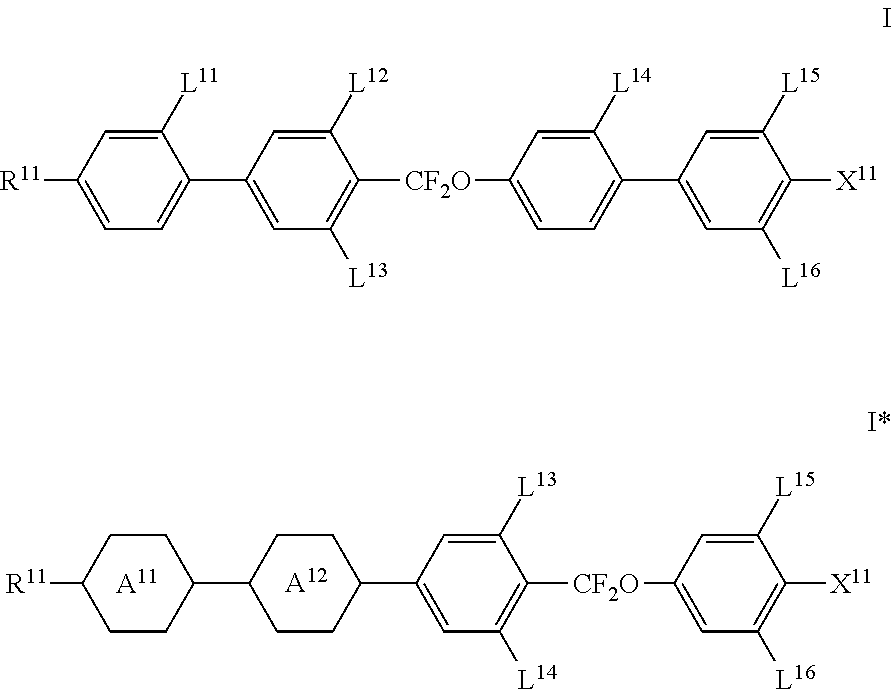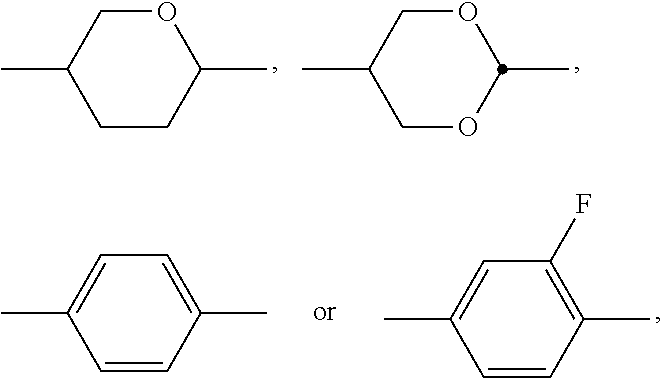Electro-rheological fluid and haptic device
a technology of electrorheological fluid and haptic device, which is applied in the direction of lubricant composition, instruments, chemistry apparatus and processes, etc., can solve the problems of inability to solve inability to offer any solution to the problem of short circuit or durability, and inability to offer any solution to the problem of short circuit between the two electrode layers, etc., to achieve convenient manufacturing, reduce the manufacturing cost of the device, and high transparency
- Summary
- Abstract
- Description
- Claims
- Application Information
AI Technical Summary
Benefits of technology
Problems solved by technology
Method used
Image
Examples
example 1
[0246]A commercially available porous PMMA particles (0.1494 g, ε=3.0) is dispersed in M1 (0.3633 g, Δε=11.5) following the method described above. Once formulated this sample is then tested following the method described in Force Gauge Measurements.
example 2
[0247]A commercially available porous PMMA particles (0.1456 g, ε=3.0) is dispersed in M2 (0.3543 g, Δε=55) following the method described above.
[0248]Once formulated this sample is then tested following the method described in Force Gauge Measurements.
example 3
[0249]A commercially available porous PMMA particles (0.1462 g, ε=3.0) is dispersed in M3 (0.3541 g, Δε=200) following the method described above. Once formulated this sample is then tested following the method described in Force Gauge Measurements.
PUM
| Property | Measurement | Unit |
|---|---|---|
| size | aaaaa | aaaaa |
| thicknesses | aaaaa | aaaaa |
| thicknesses | aaaaa | aaaaa |
Abstract
Description
Claims
Application Information
 Login to View More
Login to View More - R&D
- Intellectual Property
- Life Sciences
- Materials
- Tech Scout
- Unparalleled Data Quality
- Higher Quality Content
- 60% Fewer Hallucinations
Browse by: Latest US Patents, China's latest patents, Technical Efficacy Thesaurus, Application Domain, Technology Topic, Popular Technical Reports.
© 2025 PatSnap. All rights reserved.Legal|Privacy policy|Modern Slavery Act Transparency Statement|Sitemap|About US| Contact US: help@patsnap.com



